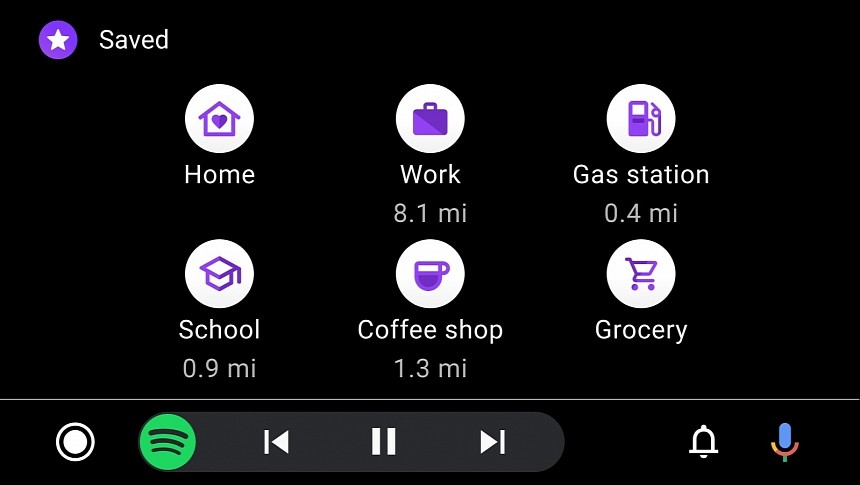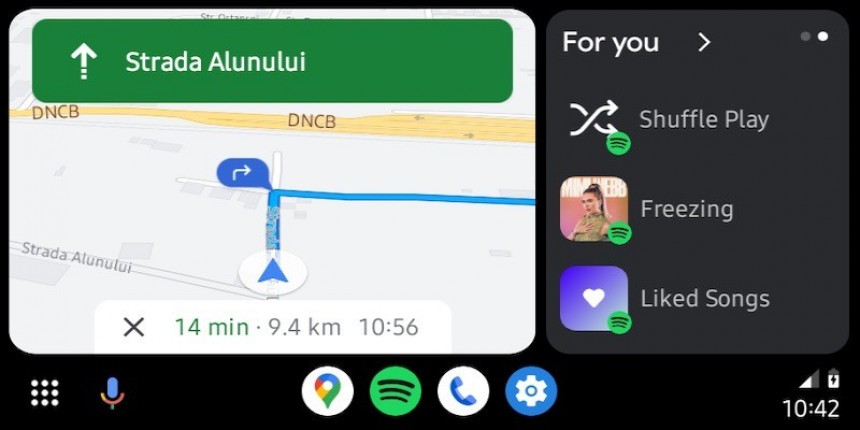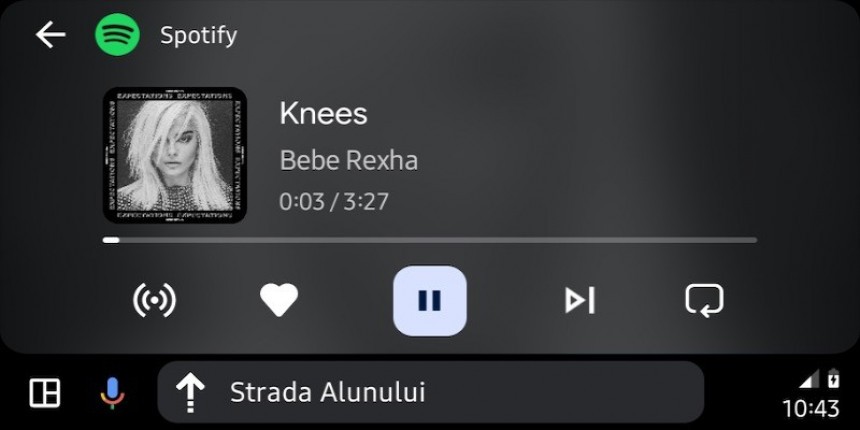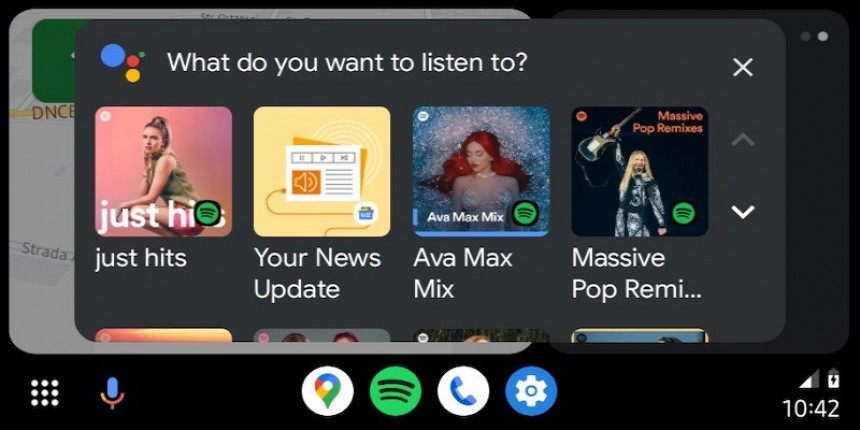Google is inviting developers to create smart home and Internet of Things (IoT) apps for Android Auto and Android Automotive.
The two apps spearhead the company’s mobile ambitions, especially as they both get more traction. The adoption of Android Auto is continuously on the rise, as it’s now considered an essential feature in new cars.
Android Automotive is progressing slowly, but more developers are discovering its benefits. Google works directly with carmakers to install the operating system in their cars, thus obtaining deeper access to their vehicles.
Google must unlock app categories for Android Auto and Android Automotive manually. Developers can create apps for the two platforms using templates, and as such, Google must first build these templates to enable new categories.
Google aims for a similar approach by making IoT apps for Android Auto and Android Automotive more common.
The company has released driving-optimized templates for such apps in the Android for Cars App Library. Developers can use them to build smart home and IoT apps that can be released on Android Auto and Android Automotive.
Developers can also access all the other tools necessary to test-drive apps before the release. The Automotive OS emulator for Android Automotive OS and the DHU for Android Auto now support the new app category. Google has also updated the developer documentation, car quality guidelines, and design guidelines to include resources for the new app category.
Google wants to enhance the capabilities of both platforms, so in the last few years, it expanded the support for apps by opening the doors to more categories.
Right now, Android Auto supports media apps (such as Spotify and YouTube Music), messaging apps (including the likes of Facebook Messenger and WhatsApp), navigation solutions (Google Maps, Waze, and others), and Point of Interest (POI) apps.
Android Automotive also supports video apps that can only be used when the vehicle is parked.
Google does not allow the likes of Netflix and YouTube on Android Auto, regardless of the vehicle’s state. Users have been asking for YouTube support on Android Auto for years, but so far, Google has shown no intention of unlocking video apps on this platform.
The company should theoretically use an approach similar to Android Automotive’s and only allow YouTube when the vehicle is parked. A motion detection system is also available on Android Auto and helps block access to the keyboard when the driver begins a journey.
Google Assistant, the digital assistant also integrated into Android Auto, can also control your smart devices. Its capabilities on this front, however, are very limited. Furthermore, Google Assistant isn’t playing nice with all devices, so by allowing dedicated IoT apps on Android Auto, Google addresses this significant shortcoming.
Samsung’s SmartThings is proof of how a smart home app will work on Android Auto.
Using the app, drivers can do things such as turning on the porch lights or adjusting the thermostat's temperature at home. The app also supports automation, so users can open the garage door as they arrive home.
Android Auto is a smartphone mirroring system that enables the projection of the mobile UI to the larger screen in a car. On the other hand, Android Automotive is a fully featured operating system installed from the factory and powering all infotainment capabilities.
Android Automotive does not require a phone to run, as it’s the operating system that powers the media receiver. Furthermore, if the carmaker allows, users can also run Android Auto on top of Android Automotive.
Google is now working with auto manufacturers to expand the adoption of Android Automotive. This strategy is making slow progress, as some companies don’t agree to give in to Google and provide the company with access to all data. As such, some companies plan to use the open-source version of Android Automotive without Google services, eventually providing drivers with alternative apps and a third-party store. BMW is one of the top names that’ll embrace this strategy, with the first cars running on a custom Android Automotive build to see the daylight next year.
Android Automotive is progressing slowly, but more developers are discovering its benefits. Google works directly with carmakers to install the operating system in their cars, thus obtaining deeper access to their vehicles.
Google must unlock app categories for Android Auto and Android Automotive manually. Developers can create apps for the two platforms using templates, and as such, Google must first build these templates to enable new categories.
Hello, IoT apps!
The first application to control IoT devices debuted on Android Auto nearly two years ago. At that point, Samsung joined forces with Google to launch SmartThings in the car. With this app, users can control their smart home right from the display in the cabin.Google aims for a similar approach by making IoT apps for Android Auto and Android Automotive more common.
The company has released driving-optimized templates for such apps in the Android for Cars App Library. Developers can use them to build smart home and IoT apps that can be released on Android Auto and Android Automotive.
Developers can also access all the other tools necessary to test-drive apps before the release. The Automotive OS emulator for Android Automotive OS and the DHU for Android Auto now support the new app category. Google has also updated the developer documentation, car quality guidelines, and design guidelines to include resources for the new app category.
App categories on Android Auto
Navigation tools and audio apps are currently the most popular choices on Android Auto and Android Automotive. Big names like Google Maps, Waze, Spotify, and YouTube Music spearhead the app push on both platforms.Google wants to enhance the capabilities of both platforms, so in the last few years, it expanded the support for apps by opening the doors to more categories.
Right now, Android Auto supports media apps (such as Spotify and YouTube Music), messaging apps (including the likes of Facebook Messenger and WhatsApp), navigation solutions (Google Maps, Waze, and others), and Point of Interest (POI) apps.
Android Automotive also supports video apps that can only be used when the vehicle is parked.
Google does not allow the likes of Netflix and YouTube on Android Auto, regardless of the vehicle’s state. Users have been asking for YouTube support on Android Auto for years, but so far, Google has shown no intention of unlocking video apps on this platform.
The company should theoretically use an approach similar to Android Automotive’s and only allow YouTube when the vehicle is parked. A motion detection system is also available on Android Auto and helps block access to the keyboard when the driver begins a journey.
IoT apps on Android Auto
While Google is now paving the way for IoT apps on Android Auto, controlling such apps from the car is already possible.Google Assistant, the digital assistant also integrated into Android Auto, can also control your smart devices. Its capabilities on this front, however, are very limited. Furthermore, Google Assistant isn’t playing nice with all devices, so by allowing dedicated IoT apps on Android Auto, Google addresses this significant shortcoming.
Samsung’s SmartThings is proof of how a smart home app will work on Android Auto.
Using the app, drivers can do things such as turning on the porch lights or adjusting the thermostat's temperature at home. The app also supports automation, so users can open the garage door as they arrive home.
Android Auto vs. Android Automotive
Android Auto and Android Automotive both play a key role in Google’s long-term automotive expansion plans.Android Auto is a smartphone mirroring system that enables the projection of the mobile UI to the larger screen in a car. On the other hand, Android Automotive is a fully featured operating system installed from the factory and powering all infotainment capabilities.
Android Automotive does not require a phone to run, as it’s the operating system that powers the media receiver. Furthermore, if the carmaker allows, users can also run Android Auto on top of Android Automotive.
Google is now working with auto manufacturers to expand the adoption of Android Automotive. This strategy is making slow progress, as some companies don’t agree to give in to Google and provide the company with access to all data. As such, some companies plan to use the open-source version of Android Automotive without Google services, eventually providing drivers with alternative apps and a third-party store. BMW is one of the top names that’ll embrace this strategy, with the first cars running on a custom Android Automotive build to see the daylight next year.


















